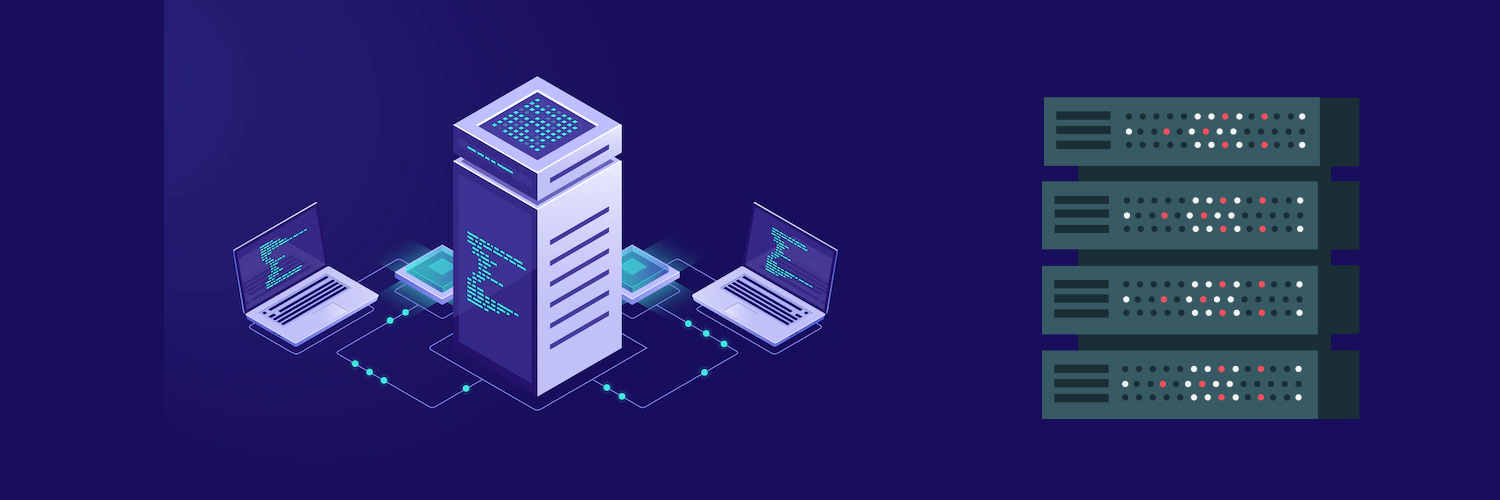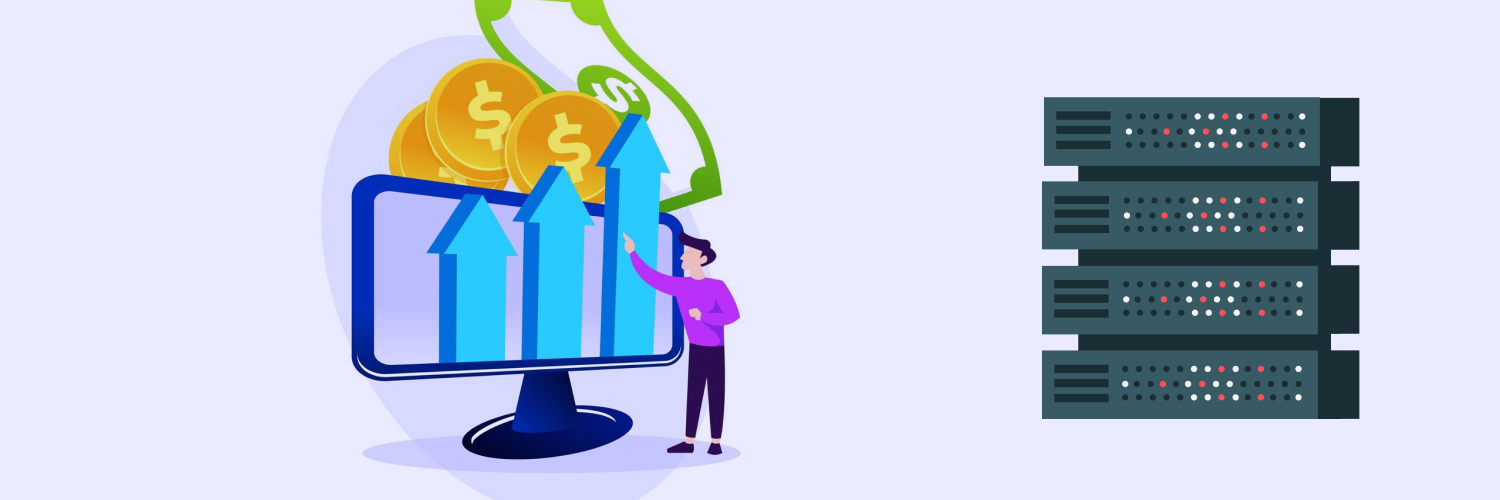At What Markup Percentage Should I Resell?
As you enter the resale market, you need to learn how to navigate it to be successful. You’ll quickly learn that there are many products available for reselling, but not all of them will be profitable for you.
To make a profit, you’ll need to find products that you can sell for more than you paid for them. But how much more? That’s where margins come in. You might ask, “What markup percentage should I resell for?”
If you’re wondering how much more to resell the product for, this guide is for you.
What Is the Resale Price?

The resale price is the price you’ll sell the product for after you’ve bought it. To make a profit, your resale price must be higher than your original purchase price.
When calculating the resale price of an item, you need to add different costs, such as the item’s purchase cost, shipping costs, and taxes. Once you’ve added these costs, you’ll need to determine your desired profit margin.
Typically, most resellers aim for a 50% margin, which means that they want to make a 50% profit on each item they sell.
For example, suppose you find a product that you can buy for $10. If you want to make a 50% profit on that product, you would add your costs and then multiply the total by 1.5. So in this case, you would sell the product for $15.
What Percentage Should My Markup Be When I Resell Products?

What percentage should you add to the price of a product or service that you are reselling? It depends on a few factors.
Number of units
This is the basic factor that determines the markup percentage you will add to a product. For instance, if it is a digital service, one unit would be 1 gigabyte of storage.
If it costs you $50 per month to provide that amount of storage, you might charge your customer $75 per month, meaning you are securing a 50% margin. Meanwhile, if you consider a physical product, one pair of sneakers would be one unit. If a pair of sneakers costs you $100, you can resell it for $150 to make a 50% profit.
Direct costs
These are the costs you need to pay to get the product or service. They usually include materials, manufacturing, and shipping. If it is a digital service, there are no direct costs because you do not need to physically produce anything.
However, if you resell physical products, your direct cost will be your cost of goods sold (COGS). For example, if you resell sneakers and each pair costs $100, your COGS would be $100.
To calculate your profit, simply subtract your COGS from your selling price. In this case, if you sell the sneakers for $150, your profit would be $50 ($150 – $100 = $50).
Overhead costs
Your overhead costs are the operational costs of running your business. They include expenses such as rent, utilities, insurance, and marketing. If you have a physical store, your overhead costs will be higher than if you sell online.
To calculate your profit, add your overhead costs to your COGS and subtract that total from your selling price.
For example, if your overhead costs are $20 and your COGS is $100, your profit would be $30 ($150 – $120 = $30).
Profitability
To be profitable, you need to ensure that your margins are high enough to cover all of your costs, with enough wiggle room to accommodate unexpected issues that may arise.
For example, suppose you have a physical store, and your overhead costs are $3,000 per month. If you sell products with a COGS of $1,000, you would need to sell those products for more than $4,000 per month to be profitable.
Simply put, when you add your COGS and overhead costs, you get your break-even point, which is $4,000 in this example. Thus, if you make only $4,000 a month, you’re not earning any profit. Once you cross this threshold, you’re profitable.
Of course, it’s always best to aim for a higher margin than your break-even point. It will give you a cushion if your sales are slower than expected.
What Is a Good Percentage To Ask for To Resell an Item?

While 50% might seem like a good target, it’s not always viable for your business or affordable for your customers. If you’re going to resell something, what percentage above the original price should you sell it for?
That depends on a few factors, such as your target audience, a competitor analysis, and the average product cost on the market. For example, suppose you want to resell proxies. Here’s what you’ll keep in mind to find the right markup percentage.
Competitor analysis
There’s no point in securing wide profit margins if you’re not selling enough products or services to cover your costs. Consequently, it’s important to find the right balance between affordability and profitability.
One way to do that is by analyzing your competitors. See how much they’re selling their proxies for and what markup percentages they’re using. You can also look at customer reviews to see if people think their prices are fair.
A quick way to monitor your competitors’ pricing is to use a web-scraping tool, such as Rayobyte’s Web Scraping API. This will let you collect price-related information from your competitors’ websites, giving you an idea of the range in which you should sell your proxies.
Likewise, you can use the web-scraping tool to determine consumer sentiment. For example, are people satisfied with the pricing, or do they think it’s too high?
If your web-scraping results show that people aren’t happy with your competitors’ prices, you can offer a lower price to attract customers.
Average product cost
Another consideration is the average product cost. For example, if the market price is $5 per proxy, you won’t be able to charge $10 and remain competitive. In this case, you’ll have to sell at a lower markup to stay in business.
On the other hand, if the average product cost is $100 per proxy, you’ll have more room to increase your prices. What percentage do suppliers get when reselling products? Find this information for your niche market and price your products accordingly.
Target audience
Your target audience is also a key factor in setting prices. For example, if you’re targeting budget-conscious consumers, you won’t be able to charge as much as if you’re targeting high-end customers.
Suppose you want to resell residential proxies to businesses. Because these proxies are typically more expensive than other types, you can expect your target audience to pay a higher price.
Plus, residential proxies are considered more reliable because they are least likely to be blacklisted or blocked by websites. Thus, you can price them at a higher margin.
As enterprises and other large organizations use these proxies, there’s room for establishing a high profit margin.
Supplier price
When you resell someone else’s product, you have to factor in the supplier’s price because they’ll also need to cover their costs and secure a profit. By what percentage do distributors raise the product’s selling price? That depends on the distributor markup. Typically, it’s anywhere from 20% to 40%, but it may be as low as 5%, depending on the industry.
That’s why it’s important to work with a supplier that offers reasonable pricing so that you can earn a good profit on the resales. If a distributor already has a markup of 40% on the product price, you’ll have a narrow space to make a profit.
For example, if you plan to resell proxies, Rayobyte is an ideal partner that offers proxies with reasonable pricing and 24/7 customer support. In addition, due to the company’s easy application programming interface integration, you can get started with reselling quickly and without any hassle.
Types of Profit Margins

To determine your resale profit percentage, you should be familiar with different types of profit margins.
Gross profit margin
The gross profit margin is the percentage of profit you make on the sale of a product after subtracting the COGS. To calculate it, divide your gross profit by your revenue.
For example, if you have a gross profit of $5,000 and revenue of $10,000, your gross profit margin would be 50%:
$5,000 / $10,000 = 0.50, or 50%
Gross profit margin is a good indicator of your business’s financial health as it shows how much revenue is left after the business pays for the product.
Operating profit margin
The operating profit margin is the profit you make after deducting all operating expenses. You can calculate it using the formula below:
Operating Profit Margin = Operating Income / Sales Revenue
Operating income is your income after you have deducted your operating expenses and COGS from your sales revenue. Suppose your sales revenue is $10,000 and your operating income is $5,000. Your operating profit margin would be 0.50, or 50% (multiply the operating profit margin by 100 to find the percentage for your profit margin):
$5,000 / $10,000 = 0.50, or 50%
A high operating profit margin shows that you are efficient in using your resources to generate revenue. However, keep in mind that the operating profit margin does not include taxes and interest.
Net profit margin
The net profit margin is the percentage of revenue left after all expenses are paid, including taxes and interest on debt. Divide your net profit by your revenue to calculate your net profit margin.
For instance, if your net profit is $1,000 and your revenue is $10,000, your net profit margin would be 10%:
$1,000 / $10,000 = 0.10, or 10%
A high net profit margin indicates a healthy business as it shows that the company is generating significantly more revenue than what it spends.
Final Thoughts

What’s the right markup resell percentage? That will differ depending on the product you’re reselling and your target audience. When setting resale prices for items, consider all of the factors mentioned above.
This will help you determine the right price point and ensure you can earn a good profit on each sale. But more importantly, you should work with a reliable partner that offers reasonable prices like Rayobyte so that there’s room for you to secure an attractive margin.
The information contained within this article, including information posted by official staff, guest-submitted material, message board postings, or other third-party material is presented solely for the purposes of education and furtherance of the knowledge of the reader. All trademarks used in this publication are hereby acknowledged as the property of their respective owners.






